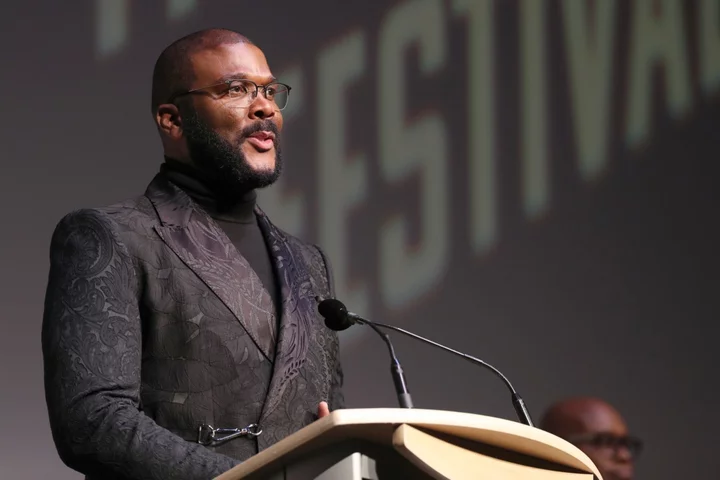
Tyler Perry Battles for $3 Billion BET Business With Shaq and Other Black Stars
Tyler Perry is one of Black Entertainment Television’s most prolific creators — and just one name in a
1970-01-01 08:00
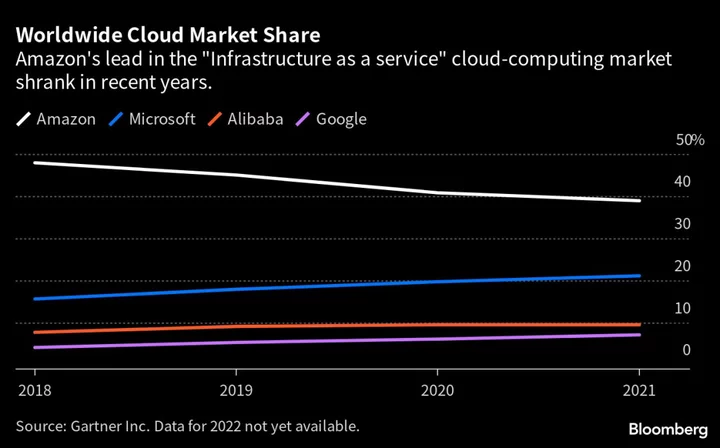
Amazon’s Answer to ChatGPT Seen as Incomplete
Amazon.com Inc.’s cloud customers are clamoring to get their hands on the ChatGPT-style technology the company unveiled six
1970-01-01 08:00

Starlink can now be used on the move ‘almost everywhere on earth’
SpaceX has launched a new service for its space-based Starlink internet service that allows customers to connect from nearly anywhere on the planet while in motion. Starlink Mobility uses a receiver that has a wide field of view and improved GPS to connect to SpaceX’s constellation of more than 4,000 low-Earth orbit satellites. SpaceX boss Elon Musk tweeted that it works “almost everywhere on Earth”, including the middle of oceans and deserts. The first customers to try out Starlink Mobility are a fleet of school buses in Arizona, SpaceX said, allowing students to “stay connected and complete their homework” while travelling to and from school. SpaceX said the new service is “ideal for mobile businesses and public sector use cases, including trucking, buses, shuttles, and emergency response”. Subscribers to Starlink Mobility, which costs $250 per month on top of a one-time hardware fee of $2,500, receive network priority over other users during peak hours, meaning emergency responders should avoid losing internet connection. “Starlink Mobility provides 100 per cent coverage in your country and every country where Starlink service is available across the globe,” SpaceX states on its website. “Plans can also be used on the ocean, with connectivity available in the vast majority of the Earth’s oceans and seas.” The Starlink satellite dish, which is a next-generation version of its standard hardware, is designed to be permanently installed on a customer’s vehicle, offering the same download speeds of up to 220 Mbps. SpaceX achieved global coverage of its Starlink internet network last year, four years after launching the first batch of satellites into space. Despite this, some countries have blocked Starlink from operating in its country, such as China and Iran. SpaceX is hoping to launch a satellite-to-cellphone service that would allow users to connect to its internet constellation without the need for additional hardware, however some service providers fear that it will interfere with existing wireless services. AT&T in the US urged the Federal Communications Commission (FCC) to reject SpaceX and T-Mobile’s proposal, claiming it would “jeopordise or inhibit” its own terrestrial service. Testing of the satellite-to-cell service is expected to begin later this year. Read More SpaceX launches two missions just hours apart ‘It’s becoming like an airport’: How SpaceX normalised rocket launches Apple launches new campaign about the dangers of losing your health data Meta Ireland to cut about 490 jobs This is how AI ‘superintelligence’ would replace us as the dominant lifeform on Earth
1970-01-01 08:00

Apple launches new privacy campaign highlighting importance of keeping health data secure
Apple has launched a new campaign highlighting the importance of keeping health data private – and the dangers of not doing so. The ads look to highlight iPhone features that Apple says ensure that it is able to collect data on its users, but not cause them embarrassment or threats by allowing other people to get hold of it. It does so by depicting a doctors waiting room in which the various health complaints of patients are broadcast to everyone, and suggests that people who are not sufficiently protecting their privacy may accidentally be doing the same on the internet. Lauren Cheung, a doctor and senior manager on Apple’s clinical team, told The Independent that the campaign grew out of Apple’s commitment to the “three core principles throughout all of our work on health: actionability, scientific validation, and privacy”. That means ensuring that the data collected is useful, and that it is “based in science” to ensure that it is accurate, she said – but also that it is protected. “First, there’s probably nothing more sensitive than health data,” she said, “so it should always be a priority to protect it. “Second, we believe our users should expect the same confidentiality from their technology as they do from their doctor. I’m a physician myself, and I know just how sensitive some conversations are; my patients are telling me information that sometimes they’ve never told anyone else.” The campaign will come in the form of the new TV ad – which is voiced by actor Jane Lynch and directed by Craig Gillespie, the director of I, Tony and Cruella – as well as billboards in 24 regions around the world, Apple said. But Apple is also publishing a white paper online that highlights the ways that Apple protects health data on the iPhone and other products. That includes encrypting all of the data that is stored within the Health app, apart from the Medical ID that is available to people who find a phone and gives important information that might be used to treat its owner. It also means that data in the Health app can only be shared with other apps when owners give their explicit permission. That sharing does mean that third-party developers are able to get access to people’s data, and so those users are not only trusting Apple but also other companies. But Apple stressed that those developers are nonetheless subject to rules that try to keep that data safe. That includes the “granular control that users have over sharing their health data”, said Katie Skinner, head of privacy engineering at Apple. That gives users the option not only to choose who they are sharing health information with, but also which bits of their health information they intend to share. The same granular choice is also present when Apple conducts studies in collaboration with different organisations, which have already worked to gather information that helps research on topics such as heart health and hearing levels. Users can choose what they share with those researchers and Apple is not told whether people have done so. “Additionally, any third-party app that reads or writes health data must comply with our terms in the developer agreement and our App Store guidelines”, which includes rules that require that the data is only used for health and fitness purposes. That requires for instance that it is not used for advertising purposes or sold on to other companies who might do the same. If third-party apps do not comply with those rules, then they can be kicked out of the App Store. Apple also has an app review process that is intended to ensure that any apps comply before they are made available. Ms Skinner also said that a member of the privacy team works on every new health feature, which “really means that they’re designed with privacy in mind”. “Apple believes privacy is a fundamental human right, and so we’ve built privacy protections into each one of our products and services,” she said. Apple has run similar privacy campaigns in the past, highlighting for example its work to protect users’ browsing information and to stop it being sold through data brokers. It did not point to any specific incident that had led it to focus on health data this time around, but said that customers were particularly focused on the security of their health data. “I think we're proud of the great health story we have for privacy,” said Ms Skinner. “Privacy is important across the board, but we know users believe that health data is really sensitive.” Promoting the privacy of Apple’s health services also ensures that people are able to trust them, said Dr Cheung, ensuring that people feel comfortable with using their devices to track their health. “We know that health data is sensitive – it’s one of the most sensitive pieces of information you can have,” she said. “And we do really feel like it is important for users to trust her devices the same way that they would trust their doctors. “We want to support our users in understanding that the same applies to their health information on our devices.” Apple’s launch of the campaign came just days ahead of its annual Worldwide Developers Conference event, where it shows off new software updates for all of its platforms. That is likely to include new changes for the Apple Watch and its WatchOS operating system, which might include new updates to the health and fitness tools that are central to Apple’s marketing of the wearable. Read More Apple is making a ‘mixed reality’ headset. Here’s what that future might look like Montana TikTok ban ‘unconstitutional’ and ‘impossible to enforce’ Apple and Samsung use AI to make phones more accessible for disabled people Apple releases its first transparent product in years New iPhone feature can recreate your voice perfectly after just 15 minutes 75% of Irish data watchdog’s GDPR decisions since 2018 overruled – report
1970-01-01 08:00
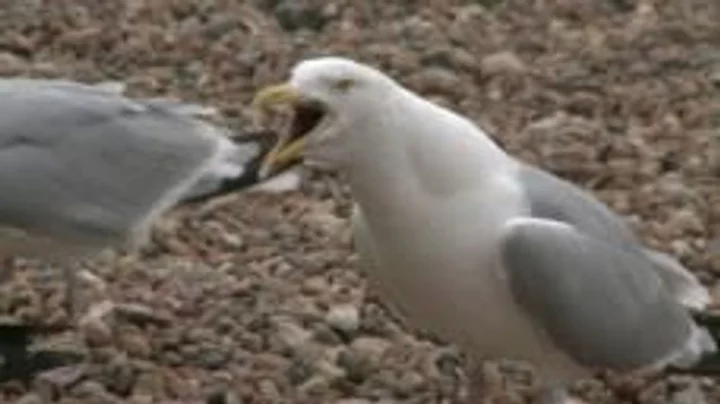
Scientists discover why gulls always prey on people's food
Anyone who has braved a stroll along England's coastline will be aware of seagulls' tyrannical regime. They prey on people eating chips, they swoop down on unsuspecting holidaymakers licking an ice cream, and they can be quite aggressive indeed. And now, terrifying research has revealed that they are more calculating than you may have previously thought. A University of Sussex study on herring gulls at Brighton beach found that the birds choose what to eat by watching what humans are enjoying. Scientists taped green (salt and vinegar) and blue (cheese and onion) packets of Walkers crisps to tiles and placed them a few metres from gulls on Brighton beach and filmed the birds’ behaviour from a distance. In some cases, the researchers ate from one of the bags of crisps. When the scientists didn't eat, less than a fifth of gulls approached the crisp packets placed nearby. But when the researchers were snacking on crisps, 48 per cent of the birds came to check out the packets. Nearly 40 per cent of such approaches ended with gulls pecking at the crisp packets, and of these, 95 per cent were directed at the same colour packet as the scientist was eating from. Sign up to our free Indy100 weekly newsletter “We’ve shown that adult gulls are able to pay attention to the behaviour of humans and apply that to their own foraging choices,” said Franziska Feist, a biologist and first author on the study. “Given that the urbanisation of gulls is very recent, this ability must come from the gulls’ general smartness and behavioural flexibility.” “It is likely that simply deterring the public from directly feeding gulls may not be enough,” Feist said. “They are still able to observe what we eat and that would inform their ability to target waste, litter and so on.” Dr Madeleine Goumas, an expert on herring gulls at Exeter University who was not involved in the study, said: “We already know from previous research that gulls use information from people when they’re searching for food. “This study shows that we aren’t only drawing gulls’ attention to where food is, but they also learn about the type of food we’re eating. Knowing this may have implications for how we reduce negative interactions between humans and gulls, as we seem to be inadvertently teaching gulls to exploit new food items.” Meanwhile, past alarming research revealed that gulls prefer food that has been touched by people. Overall, it's giving Alfred Hitchcock's The Birds. Have your say in our news democracy. Click the upvote icon at the top of the page to help raise this article through the indy100 rankings.
1970-01-01 08:00
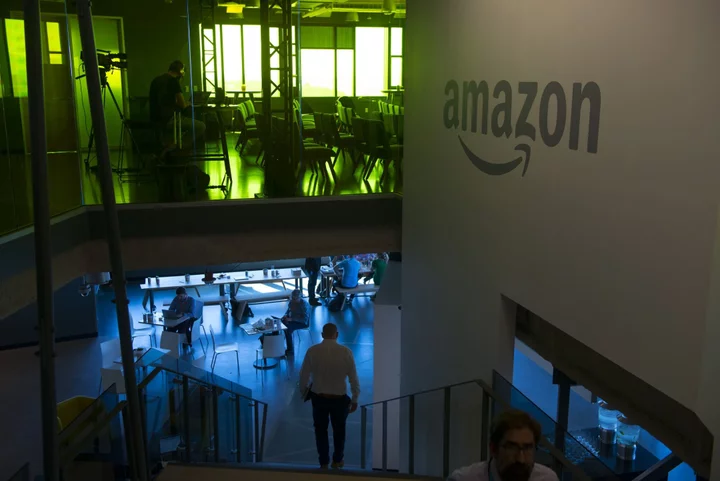
Amazon to Expand in UK With WeWork Space for 1,000 Staff
Amazon.com Inc. has agreed a deal to take space from WeWork Cos. at a City of London office
1970-01-01 08:00
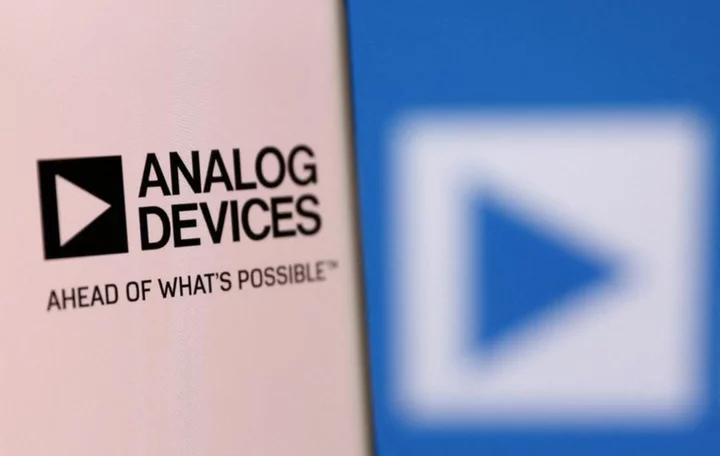
Chipmaker Analog Devices' weak forecast sparks share selloff
(Reuters) -Analog Devices Inc said on Wednesday that a turbulent economy would weigh on its third-quarter results, sending the chipmaker's
1970-01-01 08:00
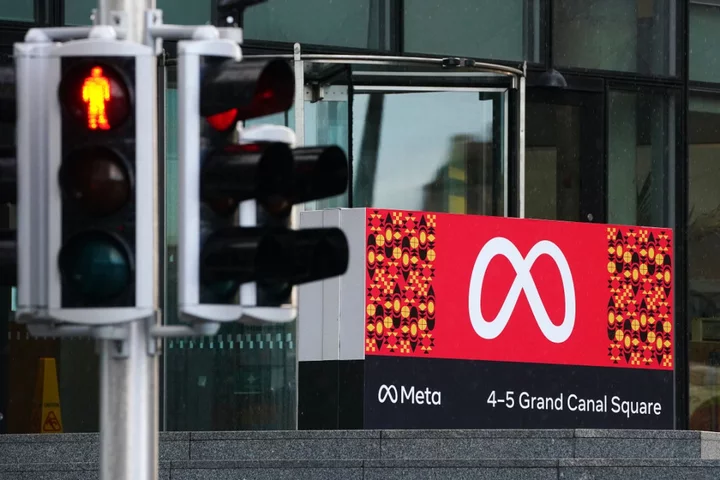
Meta Ireland to cut about 490 jobs
Facebook owner Meta is to make approximately 490 full-time employees redundant across its Irish operations. The roles are being cut from a number of teams including finance, sales, marketing, analytics, operations and engineering. Employees at Meta Ireland were notified on Wednesday they were potentially impacted by a global restructuring which was announced by CEO Mark Zuckerberg earlier this year. In March, Meta revealed it plans to cut about 10,000 jobs globally, just four months after it axed 11,000 workers. The company said it will comply with Irish legal requirements in relation to redundancy timelines and processes. Meta, which is also the parent company of Instagram and WhatsApp, said the decision does not impact its “commitment to Ireland”, adding it will continue to be the international headquarters and base for several important company functions. The final number of redundancies will be determined by a collective consultation processes.
1970-01-01 08:00

Qatar Says Investments in Egypt Are Coming, But No More Deposits
Qatar said it’s committed to following through on the billions of dollars in investments pledged to cash-strapped Egypt,
1970-01-01 08:00

Alibaba unit ordered to pay NetEase $7.2 million over game copyright
By Josh Ye HONG KONG (Reuters) -A Chinese court has ordered an Alibaba Group unit that developed the hit mobile
1970-01-01 08:00
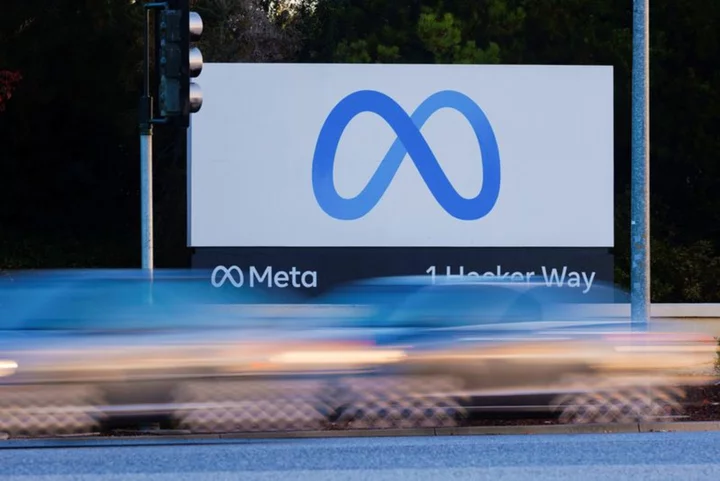
Facebook owner Meta starts final round of layoffs
By Katie Paul NEW YORK (Reuters) -Meta Platforms Inc started carrying out the last batch of a three-part round of
1970-01-01 08:00
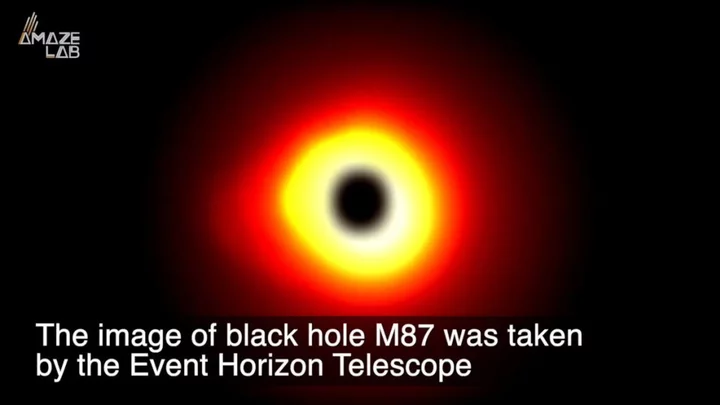
Black holes could contain 'hidden spacetime structures'
Black holes are the most confusing things out there in the universe and no-one really knows what they are – at least, that’s our very basic grasp of it. Now, though, a new study has posited a theory that black holes are structures created by unseen cosmic dimensions - or topological stars. And just to make it a little more confusing, these topological stars exist purely in the hypothetical realms of mathematics. Researchers at Johns Hopkins University have been exploring string theory, which posits that particles in the universe are actually tied to extra (hidden) dimensions through vibrating strings. Sign up to our free Indy100 weekly newsletter According to their findings, hypothetical topological stars could exist for real in the universe and they’re essentially formations of nothing which could appear in space. The study finds that topological stars would appear “remarkably similar to black holes in apparent size and scattering properties, while being smooth and horizonless”. The study, which was published in Physical Review D, found that these stars which until now have only existed in hypothetical form, look an awful lot like the black holes out in the universe. “String theory is a theory that reconciles quantum physics and gravity into a quantum gravity theory,” study leader Pierre Heidmann said. Speaking to Motherboard, he said: “Usually when you have a new theory like that, you have new degrees of freedom that come with it, and you can try to see what new fundamental objects can arise from that.” Co-author of the study Ibrahima Bah added: “It’s an interesting question to ask: Are there things other than a black hole [that] will give you a hint about what new physics could look like?” “But before you get there, you need to know how to tell whether you have a black hole or not, and to do that you have some prototype examples of things that are not black holes to be able to compare." As ever, black holes remain the most mysterious, and the most fascinating things out there. Have your say in our news democracy. Click the upvote icon at the top of the page to help raise this article through the indy100 rankings.
1970-01-01 08:00
